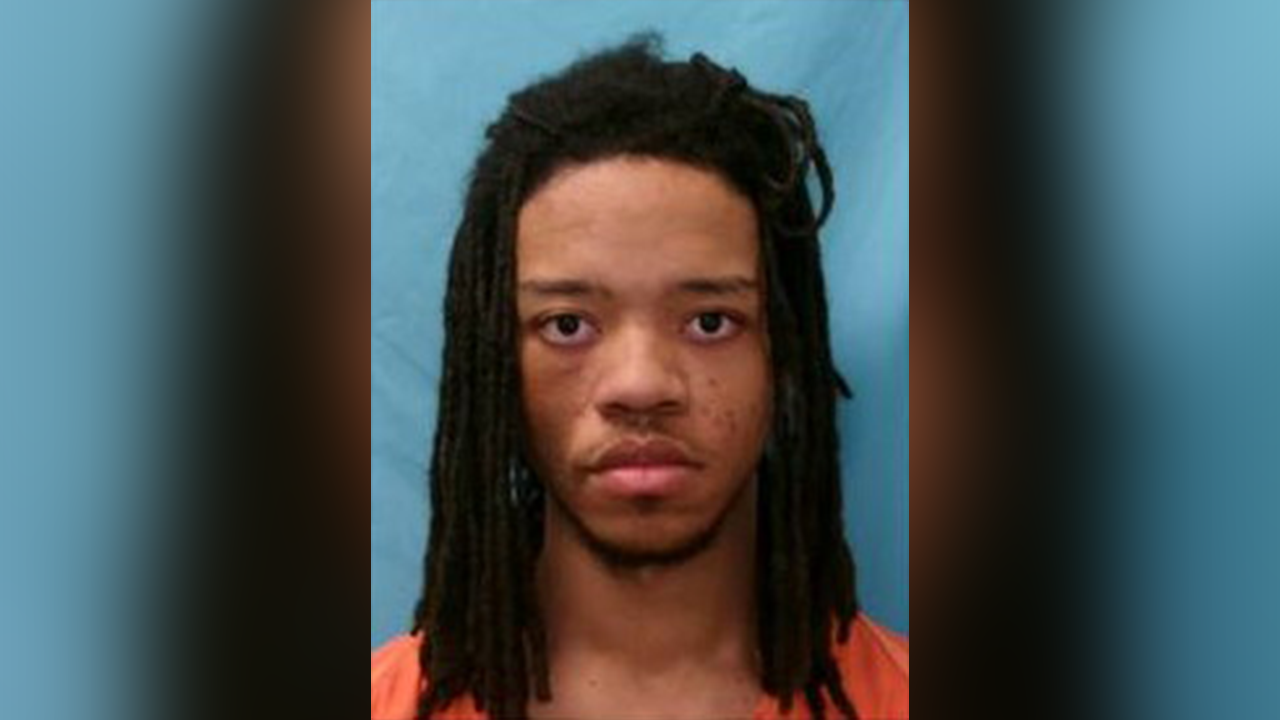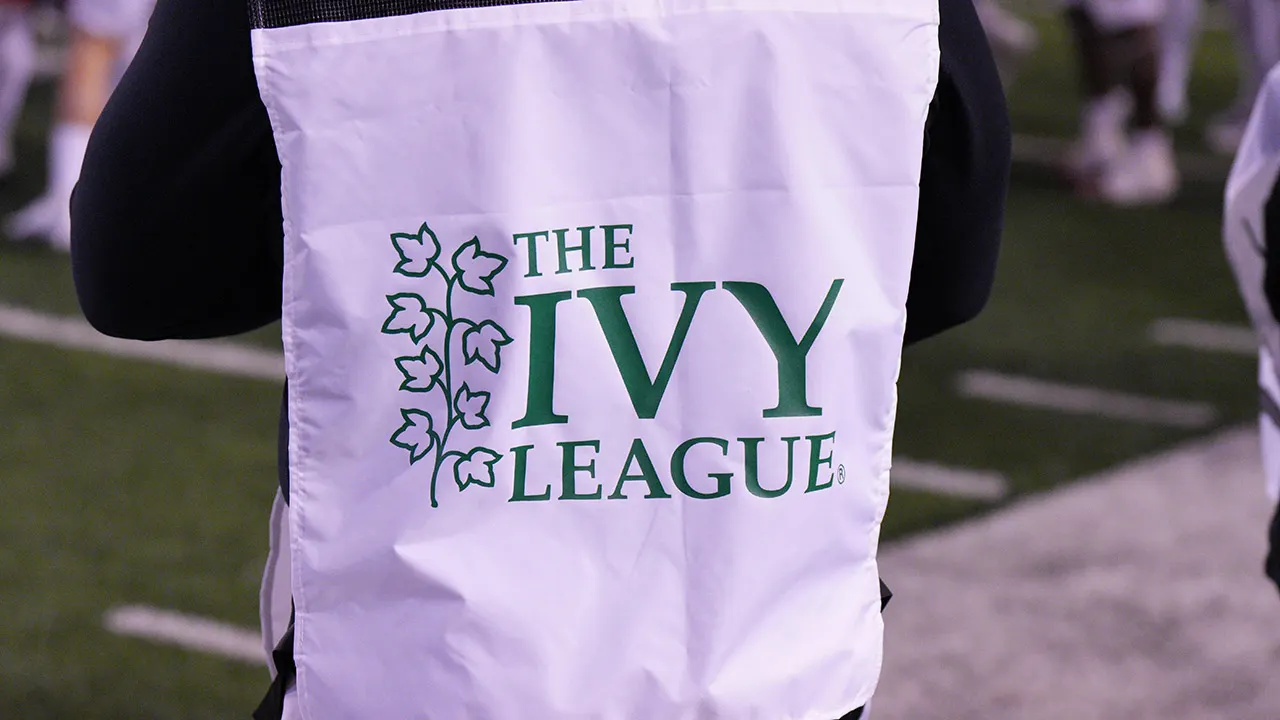The media has for decades played a role in influencing how high-profile criminal trials play out, but the public is getting smarter with more access to dissenting voices, according to Marcia Clark, the former Los Angeles prosecutor who spearheaded the massively publicized O.J. Simpson trial.
Clark has written a new book on a forgotten but scandalous 1950s home invasion murder that rocked Los Angeles. Unfortunately for the lead suspect, she said, local newspapers took the prosecution’s shaky case at face value and ran with it, convicting her in the public eye before she was put to death after a questionable case and multiple scandals.
Discussing that case and other high-profile proceedings with Fox News Digital, Clark revealed unlikely similarities in the media frenzies surrounding the 1953 murder trial against “Bloody Babs” Barbara Graham, the 1995 Simpson trial she was involved in and this year’s trial of Daniel Penny. Penny is a Marine veteran found not guilty of criminally negligent homicide for the chokehold death of Jordan Neely on the New York City subway.
Regardless of the form of coverage a case gets, it can have a big impact on public perception and put a defendant’s right to a fair trial at risk.
DANIEL PENNY FOUND NOT GUILTY IN SUBWAY CHOKEHOLD TRIAL
O.J. Simpson, center, listens to the not guilty verdict with his attorneys F. Lee Bailey, left, and Johnnie Cochran Jr. Simpson was found not guilty of killing ex-wife Nicole Brown-Simpson and her friend Ron Goldman. (Myung J. Chun/AFP/Getty Images)
“Now, people are starting to look back and say, ‘Wait a minute, we didn’t get the whole story. We didn’t get context. All the nuance is missing.’ And they’re starting to really criticize and also analyze what they’re getting and contextualize the stories and wait for the real, the whole story to come out and then tell it when it’s true,” she told Fox News Digital.
As cable news became the dominant medium in the 1990s, she saw it firsthand as the lead prosecutor in Simpson’s trial.
Now, with social media and the ability of any random post to go viral, there are a number of viewpoints accessible to the public. And people have acces to more information to form their own opinions, as seen recently in Daniel Penny’s New York City homicide trial, Clark said.
OJ SIMPSON TRIAL 30 YEARS AFTER KILLINGS: WHERE ARE THE KEY PLAYERS NOW?

Daniel Penny arrives at the Manhattan Criminal Courthouse in New York City on Dec. 9, 2024. (Adam Gray for Fox News Digital)
GET REAL-TIME UPDATES DIRECTLY ON THE TRUE CRIME HUB
“Initially, there was an outcry in favor of the victim, the homeless man, saying, ‘This is a horrible, racist thing, and this was a badge-heavy kind of ex-Marine who went after him needlessly,” she told Fox News Digital. “But then it comes out that people who were actually photographing at the time were reporting to the police, in the moment, ‘I was scared to death.’ ‘I thought he was going to kill us.’ ‘I thought there was a real reason to be fearful.’”
FOLLOW THE FOX TRUE CRIME TEAM ON X
That technology puts the power to share information in the hands of everyday Americans, she said.

Barbara Graham, 31, pictured as she entered the San Quentin Prison gates the day before her execution for the 1953 murder of Mabel Monahan, 62, of Burbank, Calif. (Bettmann)
“People are getting smarter in today’s world because we have iPhones and Androids and all of these things that, in the moment, take snapshots of what’s going on and give you a broader context,” she said. “And that’s a very good thing.”
At the time of Graham’s trial, there was no internet or cable news, and competing newspapers all adopted a similar perspective, Clark said.
In the 1990s, the Simpson trial became known as “the trial of the century.” Simpson was one of the most famous people ever to be charged with murder in U.S. history. Rather than surrender to the police as planned, he led them on a slow-speed chase while curled up in the backseat of a friend’s white Ford Bronco.
The televised trial stretched on for months and became a part of millions of Americans’ daily lives, thanks to extensive cable news coverage. And his prominent, high-priced defense lawyers, including Johnnie Cochran, Alan Dershowitz, Robert Kardashian, Shawn Holley, Robert Shapiro and others, were nicknamed the “Dream Team,” ultimately convincing jurors of enough reasonable doubt to acquit Simpson in the murders of ex-wife Nicole Brown Simpson and her friend Ron Goldman.

Marcia Clark’s new book “Trial By Ambush,” published Dec. 1. (Thomas & Mercer)
“That was one of the parallels that I didn’t expect to find,” Clark told Fox News Digital. “In Barbara’s case … they didn’t have the internet, and yet they had three editions of the newspapers — morning, afternoon, evening.”
While newspapers have dramatically declined since the 2000s, she said, they were a major part of public life in the 1950s.
“We’ve gone digital, but it’s not just that,” she said. “It’s that those newspapers were the sole source of information.”
And the 1950s papers ran with prosecutors’ story that Graham was “Bloody Babs,” Clark said, painting her as the criminal mastermind behind a brutal botched robbery.
Clark delves into the specifics of the case in “Trial By Ambush.” The sensational murder of 62-year-old former vaudeville performer Mabel Monahan in her Burbank home inspired an Oscar-winning movie, “I Want to Live!,” starring Susan Hayward, but it faded from public memory decades ago.

Defense attorney Johnnie Cochran confers with prosecutor Marcia Clark over graphic crime scene photos during testimony in the O.J. Simpson criminal trial Feb. 9, 1995. (Lee Celano/WireImage)
In reality, Graham’s role in the plot was supposed to be to distract Monahan, so her accomplices could steal more than $100,000 in cash they incorrectly believed her ex-son-in-law, Las Vegas casino owner Tutor Scherer, kept in the house.
TED BUNDY LAWYER REVEALS WHAT ‘TOTALLY FASCINATES’ HIM ABOUT BRYAN KOHBERGER CASE
Graham, who spent most of her life as a low-level hustler, was charged with murder, convicted and sentenced to death.
But while Clark believes Graham spent most of her life as a crook, she said she does not believe Graham pistol-whipped Monahan to death. She notes how prosecutors withheld evidence, the media unfairly crucified Graham, the star witness changed his own story and, with the help of another inmate, investigators entrapped Graham by offering her a fake alibi and then using it against her in court.

A Los Angeles County Sheriff’s van passes through the gates of San Quentin Prison with convicted killers Jack Santo and Emmett Perkins. Perkins and Santo, convicted for the murder of Mabel Monahan during a robbery, were also charged in the murder of gold miner Ed Hansen near Nevada City, Calif. (Bettmann)
“She never told the truth. I don’t think she’s quite credible,” Clark said. “[But] she did not kill Mabel Monahan. Yes, I believe that.”
The tactics were legal at the time, she said. But that has changed. Graham’s execution happened years before the Supreme Court’s Brady v. Maryland decision found that prosecutors would violate a defendant’s right to due process if they withheld exculpatory evidence. California also handles felony murder cases, in which a person is killed during the commission of another felony, differently under modern law.
SIGN UP TO GET TRUE CRIME NEWSLETTER
“The whole operation would be highly illegal now,” she said. “The whole case would be thrown out. It would be very debatable whether you could resurrect a case from the ashes of that, because it would be easy, I think, for the defense to say, ‘Look, they’ve been poisoned. The jury well has been poisoned by all of this illegally obtained evidence.'”

Former Los Angeles prosecutor and author Marcia Clark. (Coral von Zumwalt)
At the time, many of the underhanded tactics were allowed, like commuting the sentence of an inmate who convinced Graham to offer payment for an alibi from a man who turned out to be an undercover officer.
“There were a lot of things they were able to get away with back then that they couldn’t today,” Clark said. “But, even so, they pushed the envelope even further and did things they weren’t even allowed to do then, for example, burying John True’s first recorded statement.”
John True was an accomplice turned state’s witness who gave conflicting stories to police, a detail withheld from the defense in a “serious violation of due process.”
Based on evidence the jury never heard, Clark believes that while Graham was at the crime scene and clearly an accomplice, she wasn’t the actual killer. It was True and two other men, Emmett Perkins and Jacko Santo, she believes, who beat and suffocated the victim.
CLICK HERE TO GET THE FOX NEWS APP
Perkins, Santo and Graham were all executed. True got immunity in exchange for testifying against the others.
“Interestingly, after she was convicted, one of the reporters who had been convinced of her guilt and of her killing Mabel Monahan, went to interview her a number of times and then went and spoke to John True a few times and came to realize that Barbara could not have killed her,” Clark said. “Barbara did not do the pistol whipping. John True likely did.”
















